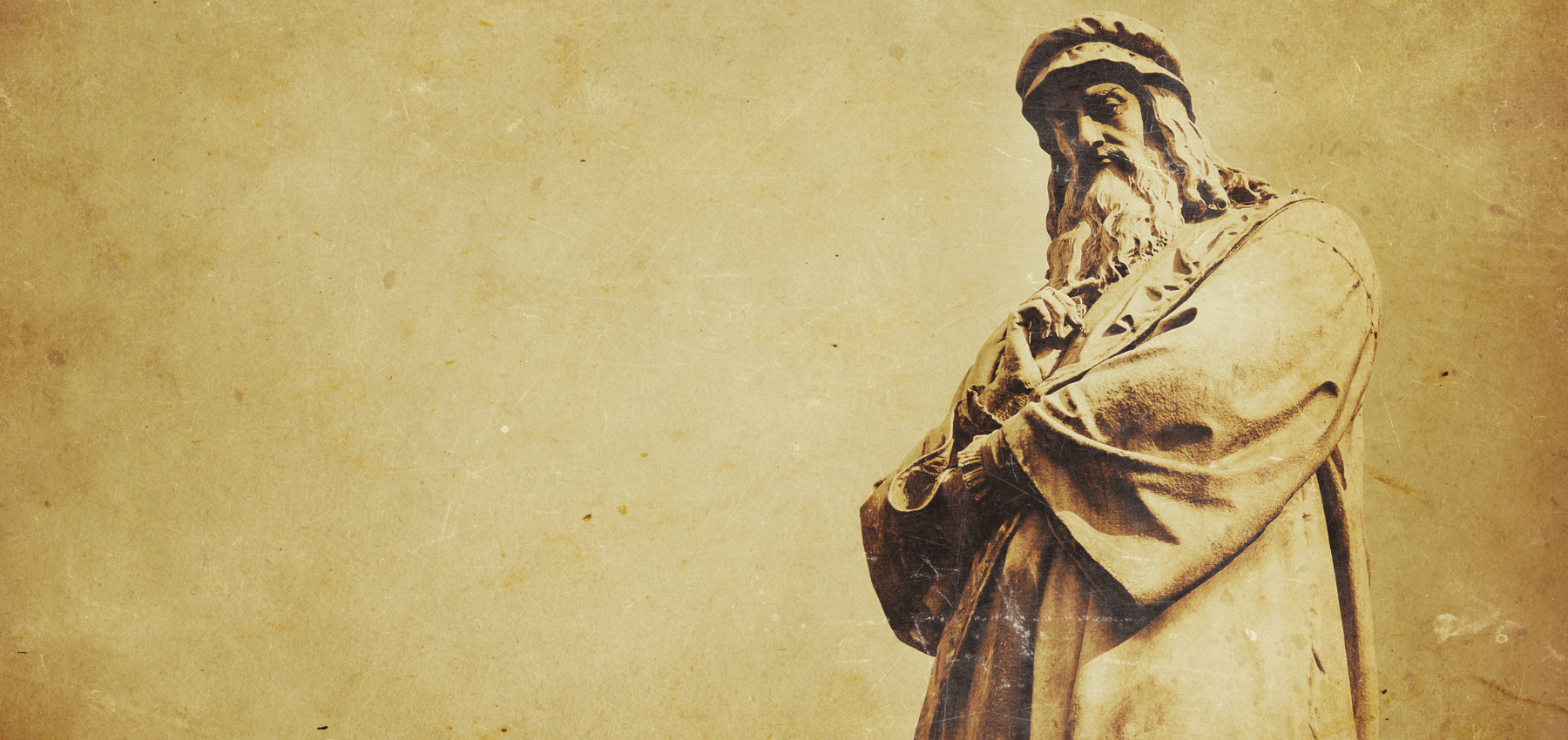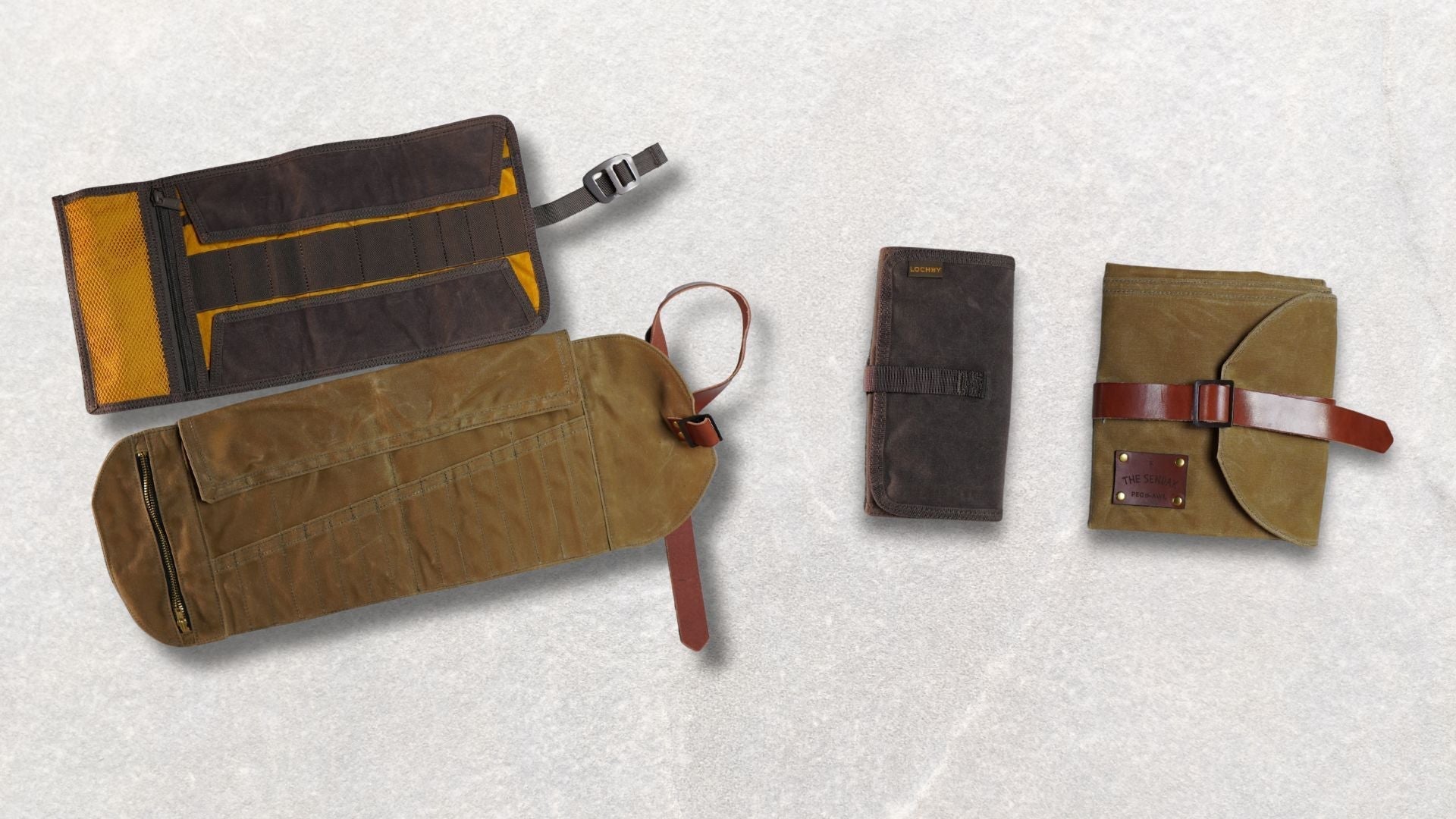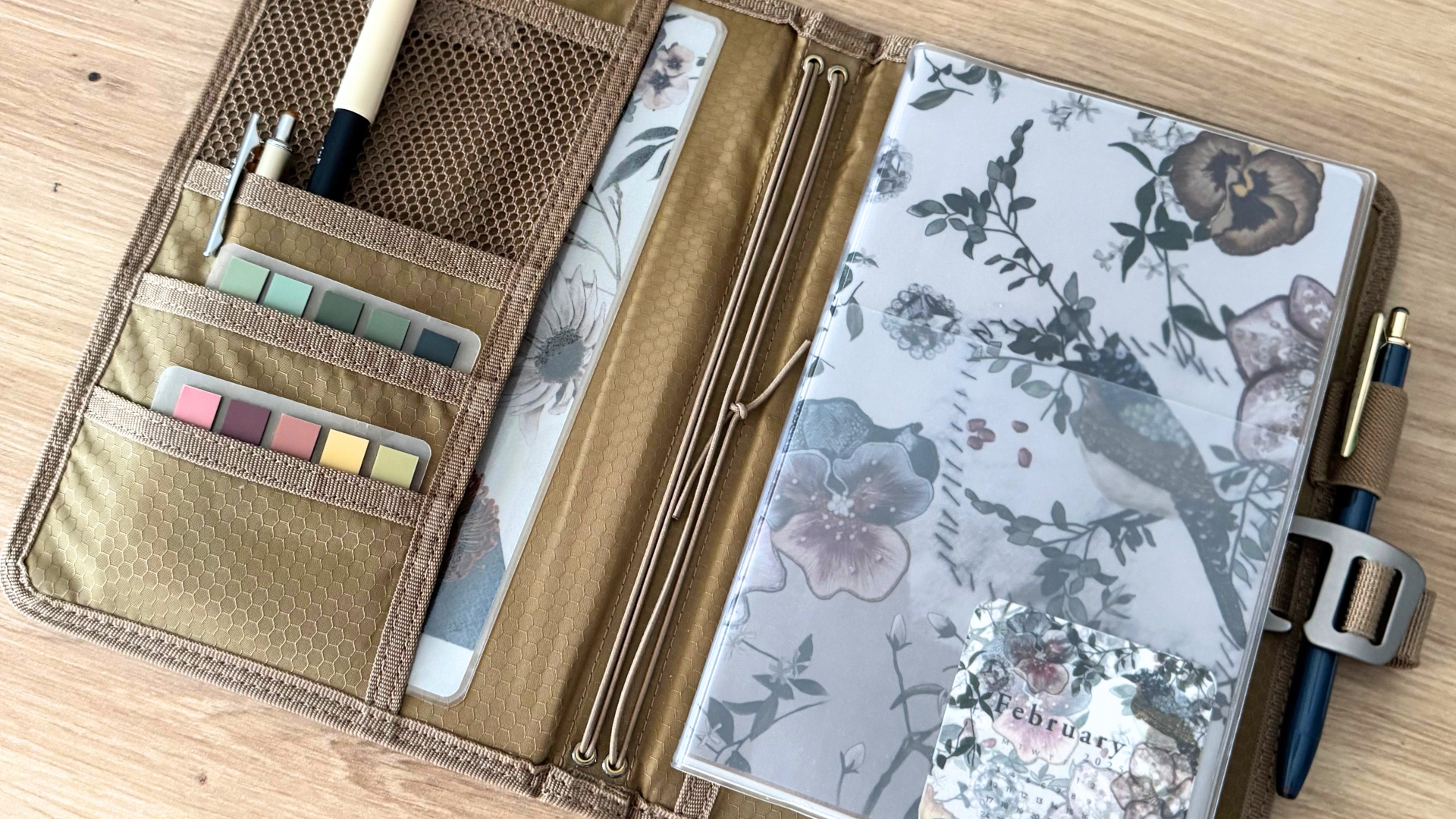When people are asked about iconic paintings, there’s no doubt that a handful of the most popular ones immediately come to mind. Among them, and sure to make it to anyone’s list, has to be the infamous Mona Lisa. But just as well known is the man behind this timeless masterpiece: Leonardo da Vinci himself, a polymath who is recognized as one of the most talented people in the history of science and the arts. More than just a painter and scientist however, there’s one more thing that he was renowned for.
Among the many things he was, da Vinci was an avid journaler.

Beginning the practice at the age of 26, it’s estimated that during his lifetime, da Vinci was able to produce anywhere between 20,000 to 28,000 pages of notes and sketches on a variety of topics. Anything that tickled his fancy, he wrote about in his journal—and because he was interested in a lot of things, it’s no surprise that his journal covered nearly anything that you can think of: painting, engineering, philosophy, geography, warfare, architecture, flying, mechanics, and human anatomy.
Unfortunately, a large portion of his journals have either been destroyed, lost, or part of private collections that most of us are not privy to. Those that we know of are scattered around the world and preserved as da Vinci Codices: separate compilations of about five to seven thousand pages from his journals sorted by subject. This wasn’t da Vinci’s doing though: the sorting was done a century after his death by Pompeo Leoni, a sculptor for the King of Spain.
Codex Arundel
Considered as the second most important collection among the codices, Codex Arundel was named after the 2nd Earl of Arundel who acquired the manuscript from Spain in the 17th century. It contains notes, diagrams and sketches relating to architecture, weights and measures, geometry, and mechanics written between 1480 to 1518. The drawings are definitely worth a look!

Codex Arundel (Wikimedia)
Codex Ashburnham
Housed by the Institut de France, this collection was named after the Earl of Ashburnham, who acquired it in the mid-18th century. This manuscript spans 1487 to 1490 and is divided into two: Ashburnham I focuses on architecture, art, and painting, while Ashburnham II is dedicated solely to painting.

Codex Atlanticus
The largest volume of the codices and considered as the most important collection, this is where the majority of da Vinci’s most famous notes and sketches can be found. Dated between 1475 and 1480 and kept in Milan, it contains studies of some of his paintings (including The Adoration of the Magi, the Battle of Anghiari, and Leda and the Swan), sketches of his projects, as well as extensive urban planning and architectural layouts.

Codex Atlanticus (Wikimedia)
Codex Forster
Currently in London, this specific collection is divided into three and includes notes from 1487 to 1490.
It contains studies on hydraulic engineering, measuring solids, stereometry, Euclidean geometry, mechanics, sketches on architecture, and studies on (decorative) knots and braids. This manuscript was named after English writer John Forster who inherited them in the year 1873 before handing it over to the Victoria and Albert Museum in 1876.

Codex Leicester
The only codex not owned by an institution, this collection was bought by Bill Gates in 1994 for 30 million dollars and is the fourth highest selling book in the world. It has notes that were compiled from 1506 to 1513, and contains theories and observations on astronomy, air and celestial light, as well as the properties of waters, rocks, and even fossils. Its main topic however, is the movement of water.

Codex on the Flight of Birds
Currently held at the Royal Library of Turin, this short collection from 1505 is focused on flight and begins by examining the flight behavior of birds. The manuscript contains sketches of flying machines, some of which da Vinci constructed and tested in Florence (though he failed). It also contains studies on the nature of air.

Codex Trivulzianus
Kept at Sforza Castle in Milan and typically not available for public viewing, this manuscript collection contains lists of learned words that da Vinci copied from different sources, and was an attempt to improve his literary education. It originally contained 62 sheets, but now only 55 remain.

Codex Trivulzianus (Wikimedia)
Now what exactly can we learn from how da Vinci utilized his own journal? A lot of what made him one of the greatest thinkers in history is on record, but what he did was more than just write his thoughts and ideas down. Here are a few things da Vinci did, all of which we can do ourselves, so we can maximize our own journaling experience!
1. Journaling was an effective tool in da Vinci’s quest to keep learning.
According to da Vinci: "All knowledge which ends in words will die as quickly as it came to life, with the exception of the written word: which is its mechanical part."
Although it’s an overused phrase, this one is especially true for da Vinci: he was a student of life. The fact that he was only able to complete basic education didn’t stop him from pursuing his interests or achieving great things. Ever curious, he questioned everything around him, tested his theories, experimented where he could, and reached out to people who had more knowledge than he did in order to learn from them.
But he didn’t stop there. He made sure his ideas were written down. He sketched them. He took note of his successes and failures. Put simply, he turned his thoughts into something more by bringing them to life in the form of words and pictures, developing them into something concrete that he could work with not just in theory, but also in practice.

Unfortunately, a lot of us stop learning after we graduate from formal education. How many of our family and friends, specifically those who are no longer in school or don’t journal, ever pick up a pen and paper anymore just to write or sketch a quick thought down? We may not be conscious of it, but we’re limiting ourselves by allowing our ideas to be forgotten: unable to unleash our full potential, we remain stagnant, held back by what we already know. There’s no growth, and we’re unable to move forward.
Had his journals not been kept from the public, da Vinci’s ideas would have changed the game in a lot of different areas like architecture and medicine. What’s to say the next big idea can’t be yours?
2. Da Vinci simplified complex things using his journal by breaking them down into their basic components.
Another saying by Leonardo da Vinci is this: "Simplicity is the ultimate sophistication."
In most of his sketches, he would take a certain piece of machinery and break it down to its individual parts in order to understand how it works. Sounds tedious? Probably in the beginning, but just imagine how simple things can be if we look at them in bite-sized chunks instead.
Whether it’s a project, your to-do list, or an actual piece of machinery, a step-by-step and piece-by-piece approach will always be helpful: it prevents us from getting overwhelmed and allows us to focus on details we would’ve otherwise missed by just looking at the bigger picture. It also makes concepts easier to digest and understand.
3. His journal has now become a memento: da Vinci made a difference, whether he wanted to or not.
“It had long come to my attention that people of accomplishment rarely sat back and let things happen to them. They went out and happened to things.” - Leonardo da Vinci
In his pursuit for answers to his many questions about how things worked, and because of his willingness to observe and experiment, da Vinci managed to compile useful information on subjects that are relevant to science, the arts, and humanities. His insight and research are still valuable today, many years after his death—something he couldn’t have foreseen at the time.
Though your own journal may not end up being useful to the whole world, it can be an important memento you can pass down to your children.

Conclusion
There’s always something to learn from the world view, experiences, and insight of people from the past; leave something behind for later generations to refer to. You’ll never know what useful knowledge they’ll be able to get from your journal entries.
In your opinion, how else has da Vinci effectively used journaling in order to become a master of many different things? Which of his journaling practices have you been observing yourself, and how has it worked out for you? Let us know in the comments below!





Bauhaus Beauty: the Lamy 2000
Achieve Your Fitness Goals With A Fitness Journal!